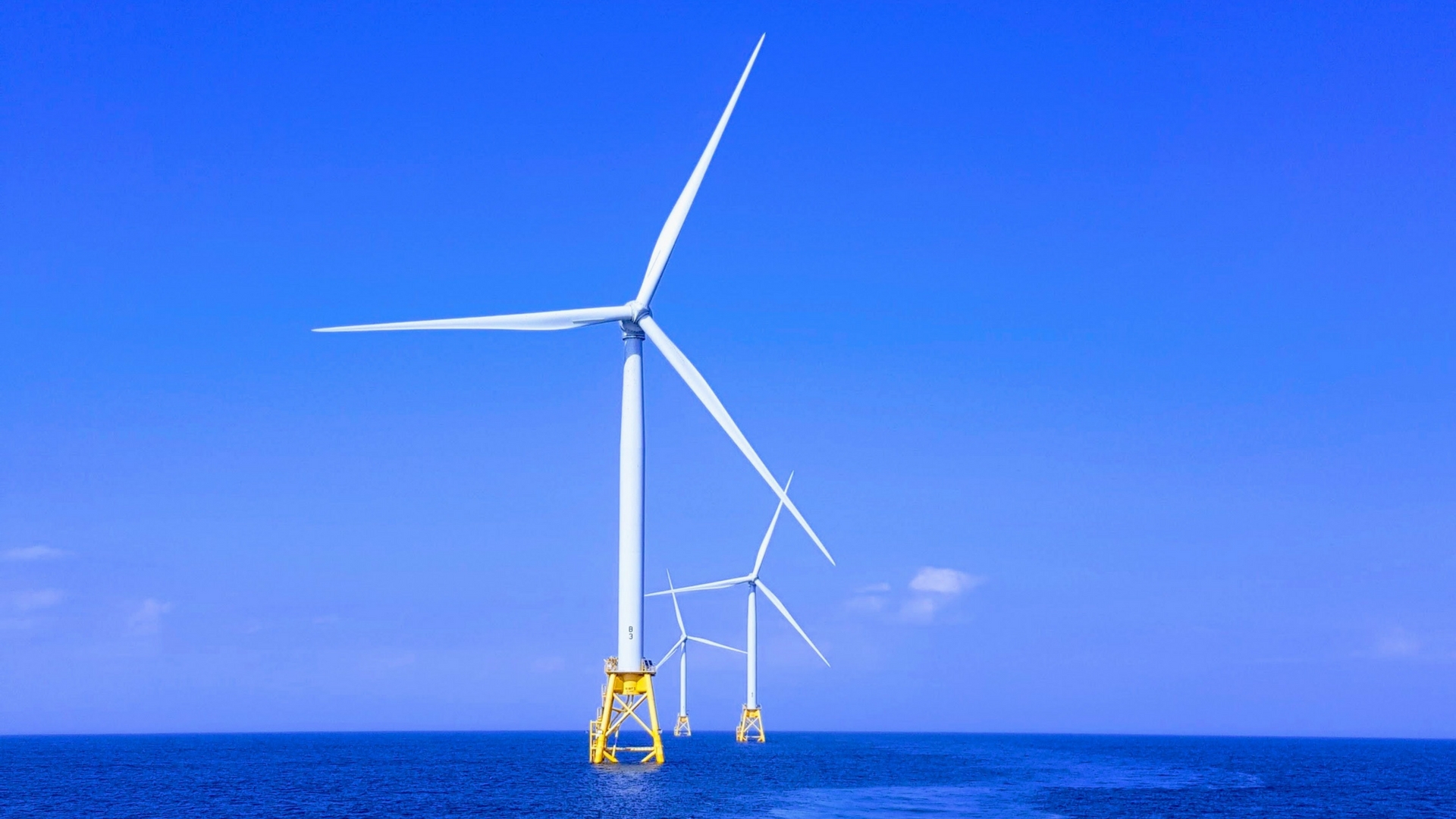
IITB study predicts Indian offshore wind farms will benefit from rise in sea temperatures
Wind energy contributes to 12% of installed power in India. At present, most of this comes from the wind farms located on land. However, the country has ambitious plans of expanding wind energy generation by building wind farms on the sea in the next 5 years. How feasible is that at a time when our oceans are warming and the sea levels are rising? In a study, researchers from the Indian Institute of Technology Bombay have developed a mechanism to study how climate change could impact wind energy harnessed from wind farms in the sea.
Wind energy farms constructed on the sea bed are called offshore wind farms. Studies show that harnessing wind power offshore is more advantageous than doing so on land. “There are many advantages of offshore wind farms -- wind speeds on the sea are higher by about 25% due to higher temperature gradients and smoother interface with the sea surface. The direction of the wind is stable and the windmills need smaller turbines”, explains Dr. Sumeet Kulkarni, a co-author of the study.
“An earlier study by India’s National Institute of Ocean Technology, Chennai has found that moving from onshore to offshore platforms results in increasing the capital cost by 111 %, but this is more than compensated by the rise in power production by 184%”, adds Prof. M.C. Deo, the other co-author of the paper.
But there are challenges in harnessing wind power offshore. “The availability and reliability of winds depend greatly on current and future climatic conditions, which are likely to vary due to greenhouse gas emissions”, points out Dr. Kulkarni. This is because greenhouse gas emissions affect the atmospheric temperatures that in turn alters the air pressures and wind speeds. This study attempts to build a computer-based model to predict future wind patterns by understanding the effects of human induced climate change on these atmospheric variables.
Earlier studies have addressed various types of uncertainties related to forecasting wind under the influence of changing climate. A computer simulation for future wind patterns in such scenarios is carried out using one of several available General Circulation Models (GCMs) -- a type of computer based climate models that are used for weather forecasting, understanding and projecting climate change. However, there is a lack of a detailed framework guiding the selection of a GCM applicable to Indian climatic conditions. . This study addresses this gap by presenting a new framework. The researchers then use the framework to estimate the extractable wind power and seasonal changes over the future.
The researchers have considered three locations to validate the framework--Kanyakumari, Rameshwaram and Jakhau along the Indian coastline identified by Ministry of New and Renewable Energy (MNRE), based on the availability of good wind speeds. Good wind speeds mean that the annual average wind potential at the region is greater than 200 watt/sq.m. They believe that the annual average wind potential obtained at these sites by the above approach might undergo a substantial increase over the next 27 years compared to the past 27 years. It is expected to significantly rise to about 25%. However, this will be subjected to variations in the average wind potential over the monsoon and non-monsoon months, as well as the occurrence of the El-Nino Southern Oscillation phenomenon in the southern peninsular region.
The study predicts that different sites are differently impacted by climate change, some show an increase in the power potential while it may dip at other places. The analysis presented in the study shows that the power potential may increase at the three identified Indian offshore locations. “The wind industry thus need not have any concern regarding the climate change impact and should go ahead and install their plants aggressively” assures Prof. Deo.
In conclusion, the change in climate is likely to benefit the generation of offshore wind energy in India. The study found that the annual average wind potential at the sites of interest is likely to increase considerably in the future years. For offshore wind energy generation, climate change may be good after all!
Prof. M C Deo
